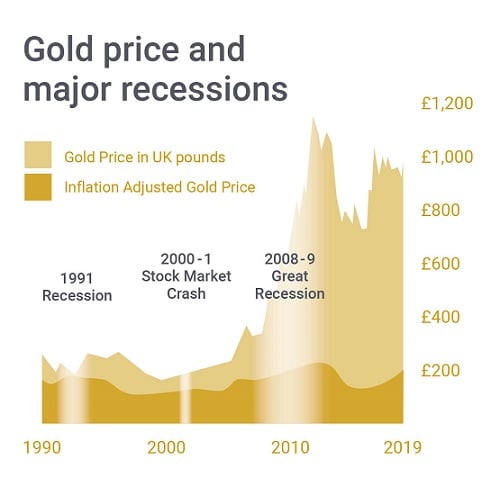Folks, brace yourselves. Oklahoma is reeling from a truly devastating series of storms – and it’s not just about the immediate human tragedy, which is, of course, the most important thing. We’re already seeing at least two confirmed fatalities as these historic weather events sweep across the state, beginning on April 19th.
Local authorities are calling this a “historic meteorological event,” and they aren’t exaggerating. Reports indicate dozens of flood events have already occurred by early this morning. This isn’t just rain; it’s a full-blown assault from the skies.
Now, let’s talk about what this means beyond the headlines. Extreme weather events like these are becoming far too common, and they have a nasty habit of disrupting supply chains. We can expect to see ripple effects in agricultural markets, particularly if key growing regions are impacted.
Understanding Severe Weather & Financial Markets:
Severe weather events, like the Oklahoma storms, directly impact economic activity. Damage to infrastructure – roads, bridges, power grids – can halt production and distribution.
Agricultural sectors are especially vulnerable. Flooding and strong winds can wipe out crops, leading to price increases and potential shortages. Keep a close eye on wheat and livestock, key Oklahoma commodities.
Insurance payouts surge after these events. This strains insurance companies, potentially impacting their stock performance, and increases premiums for everyone.
Finally, reconstruction efforts require significant capital investment, which can provide a short-term boost to specific industries – construction, materials, etc. – but comes at a significant cost.
I’ll be closely monitoring the economic fallout from this disaster. Stay tuned for updates and, more importantly, stay safe if you’re in the affected areas.





